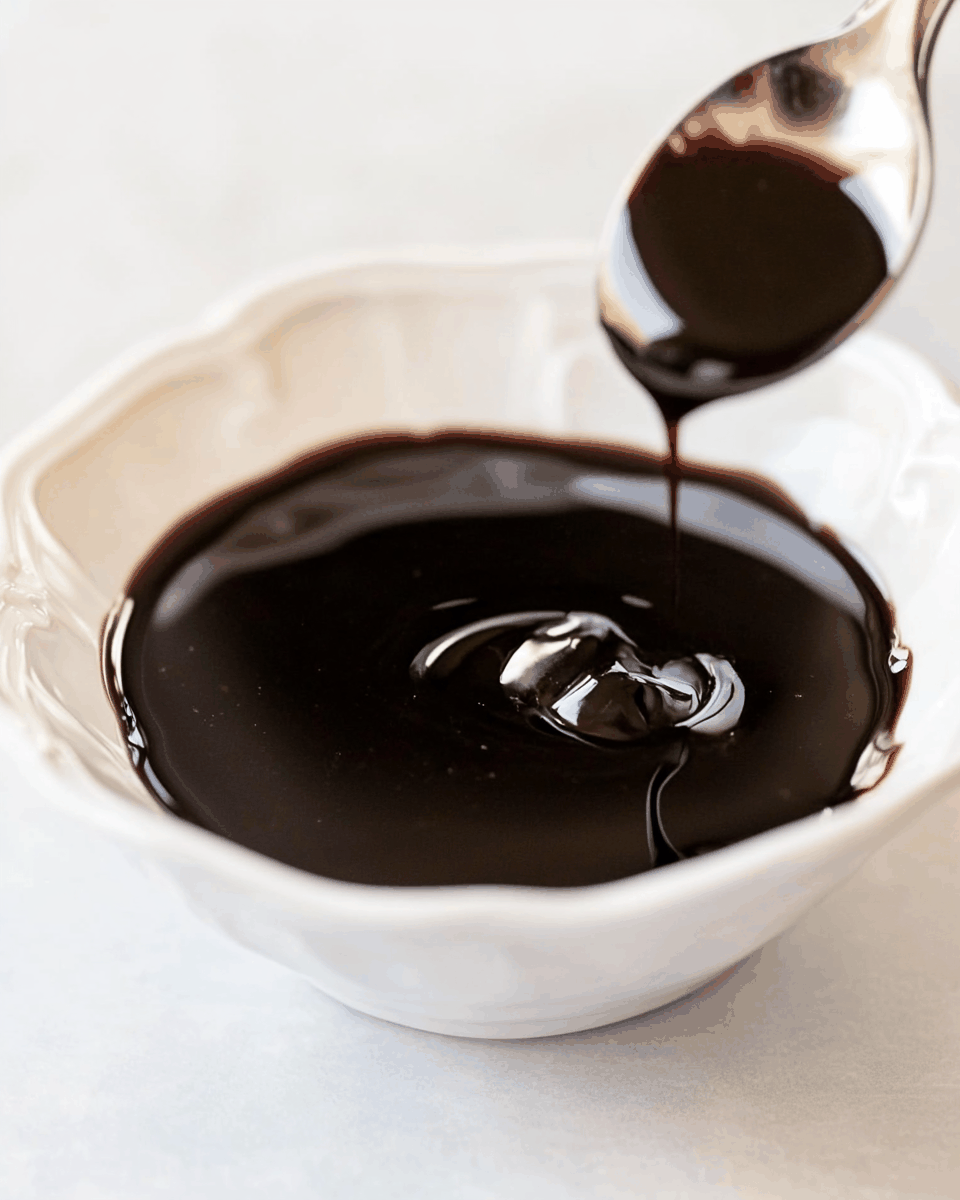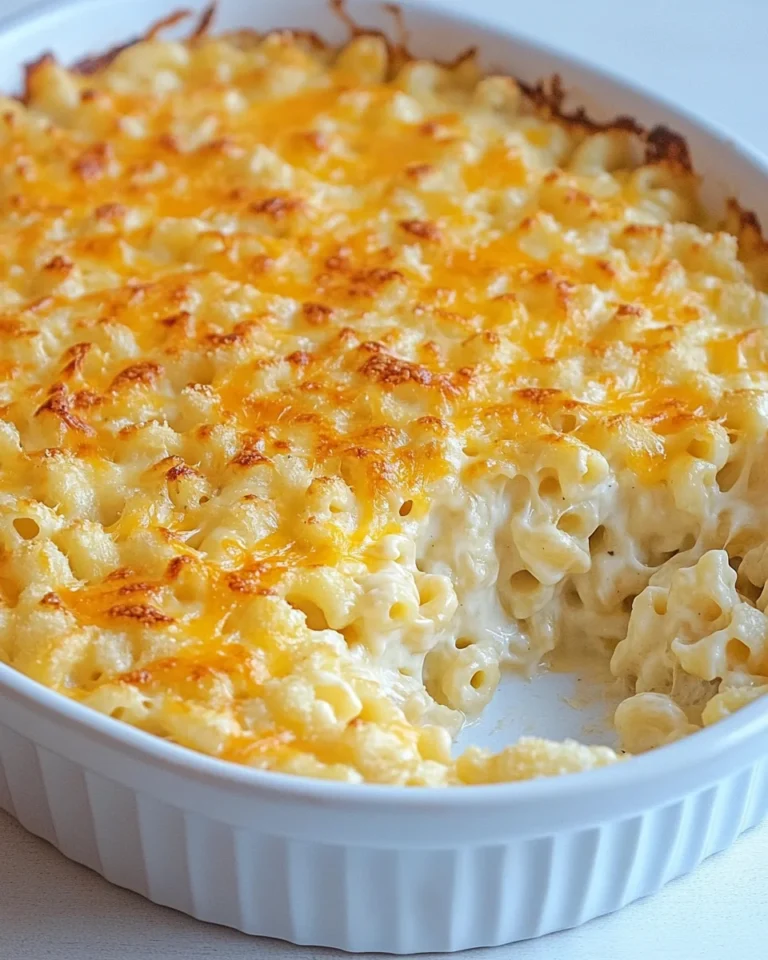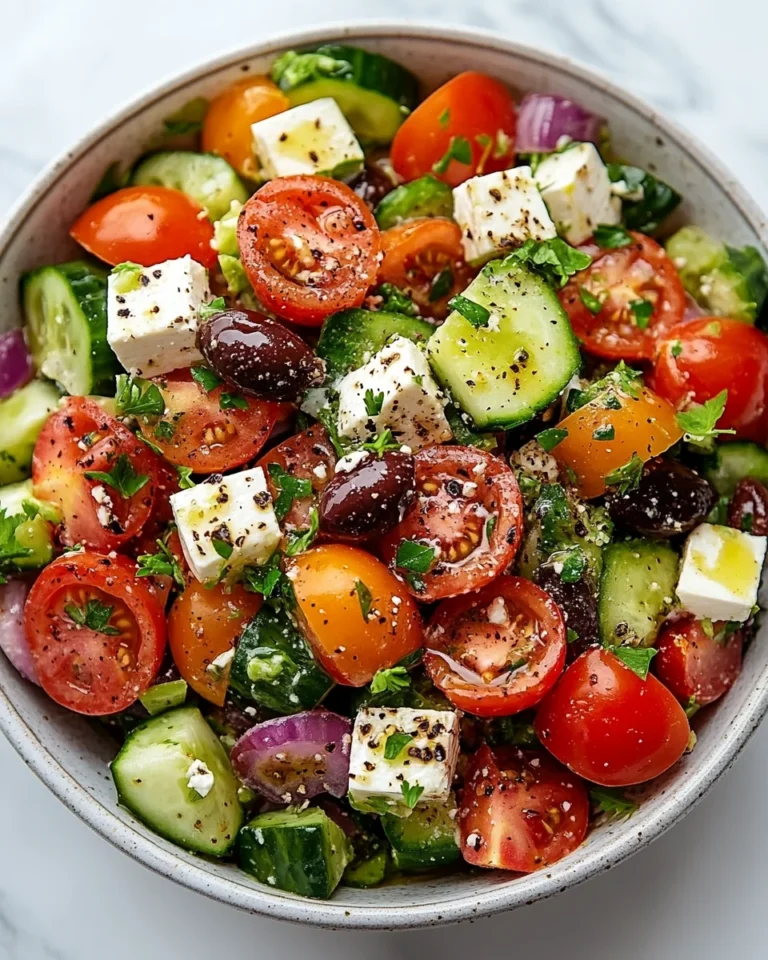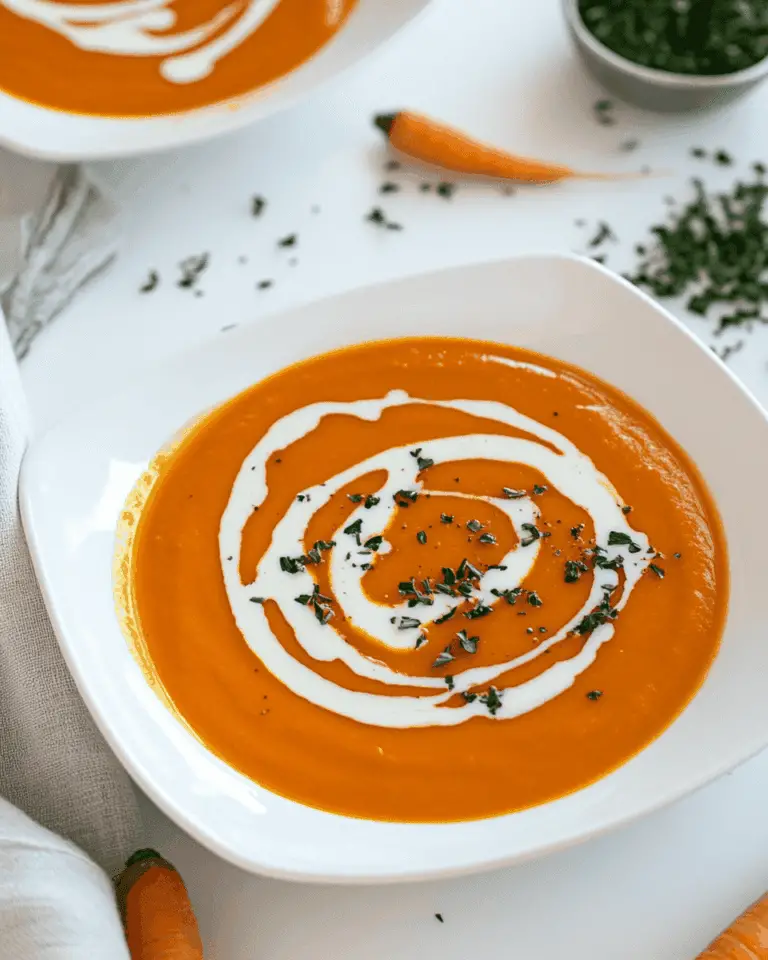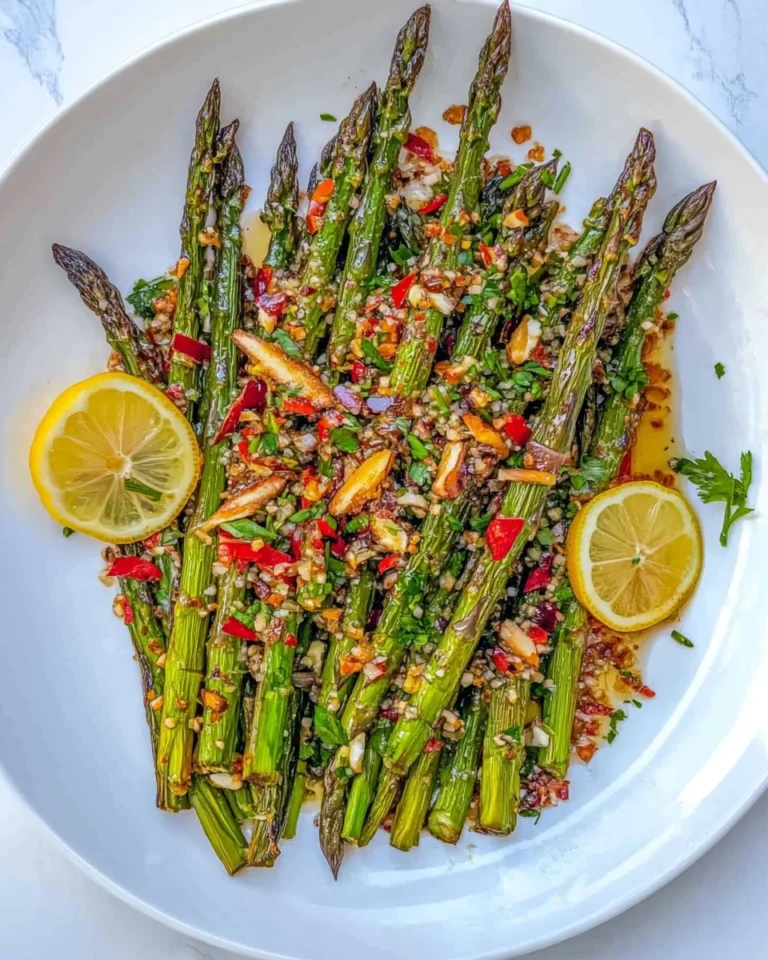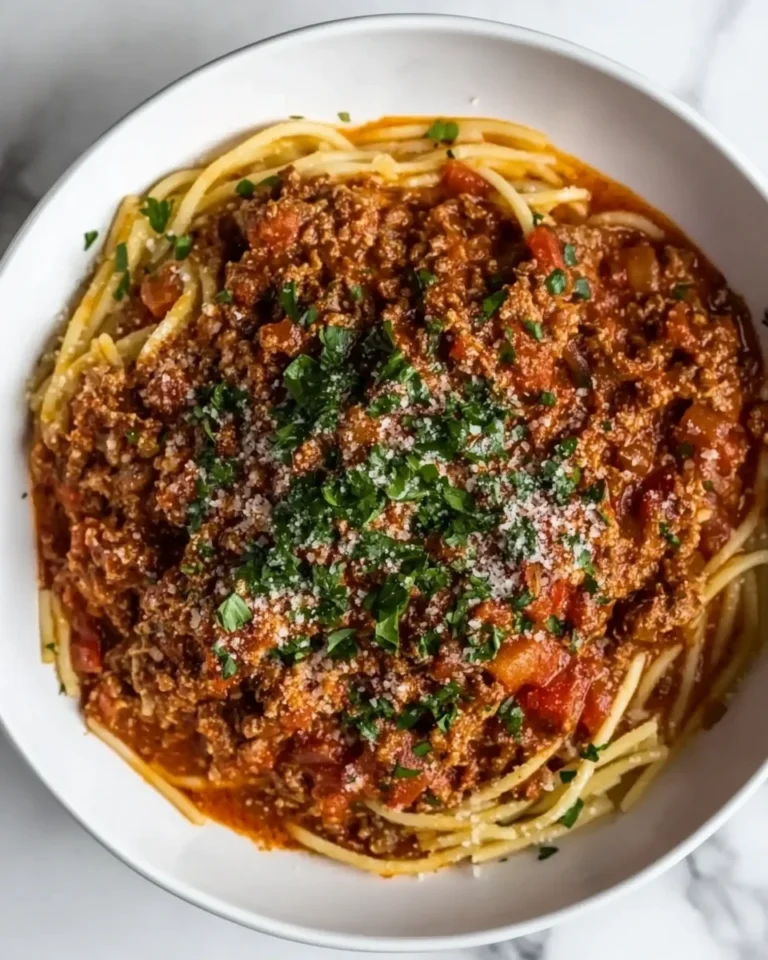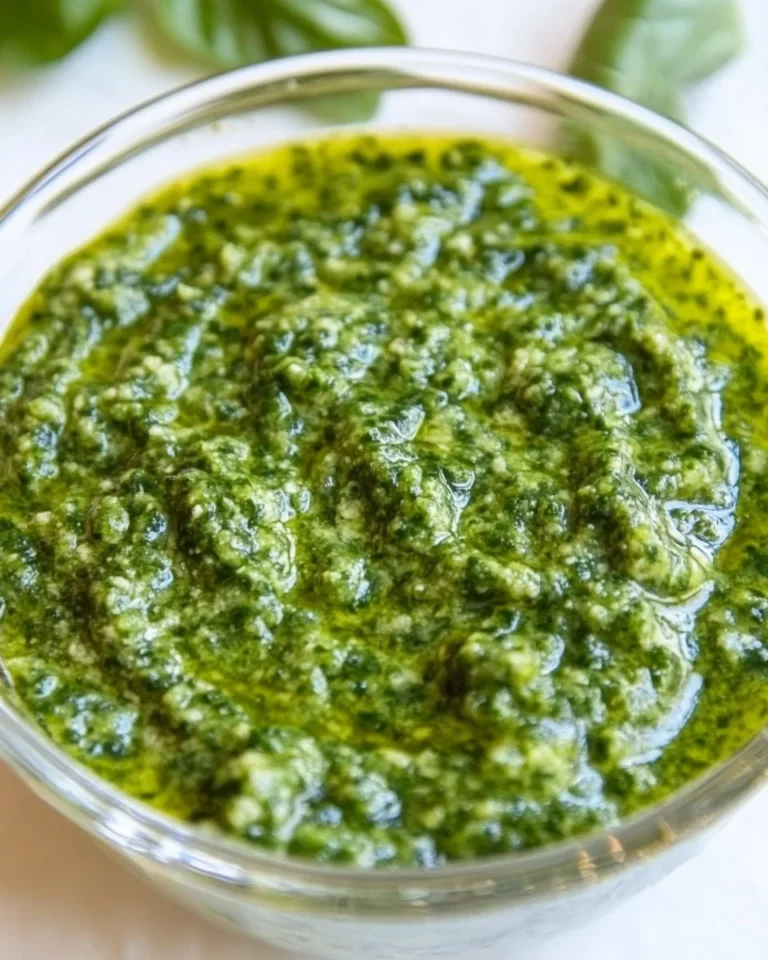Balsamic Glaze
Balsamic glaze is a culinary gem that adds a touch of sophistication to any dish. This thick, sweet, and tangy sauce is made by reducing balsamic vinegar, resulting in a syrupy consistency that enhances the flavors of both savory and sweet dishes. Traditionally, balsamic vinegar originates from Modena, Italy, where it is crafted from the must of freshly crushed grapes. The reduction process caramelizes the sugars in the vinegar, intensifying its flavor and creating a luscious glaze that can be drizzled over salads, grilled meats, vegetables, or even desserts. The beauty of balsamic glaze lies not only in its taste but also in its versatility; it can be used as a finishing touch to elevate a simple meal into an extraordinary culinary experience. Whether you are hosting a dinner party or preparing a weeknight meal, this glaze is an essential condiment that can elevate your cooking to new heights.
Why You’ll Love This Recipe?
There are several compelling reasons why balsamic glaze should be a staple in your kitchen. First and foremost, the flavor profile is exquisite. The rich, sweet notes combined with a hint of acidity create a balanced sauce that complements various dishes, from salads to roasted vegetables. Secondly, the preparation is incredibly easy. With just two ingredients and minimal cooking time, you can whip up a batch of homemade balsamic glaze in no time. No need for complicated techniques or special equipment; a saucepan and a whisk are all you need. Additionally, the appearance of balsamic glaze adds an impressive touch to your meals. Its deep brown color and glossy finish make it visually appealing, transforming even the simplest of dishes into gourmet presentations. Lastly, making your own balsamic glaze allows you to control the ingredients and customize the flavor to your liking, ensuring that it aligns perfectly with your culinary creations.
Ingredients:
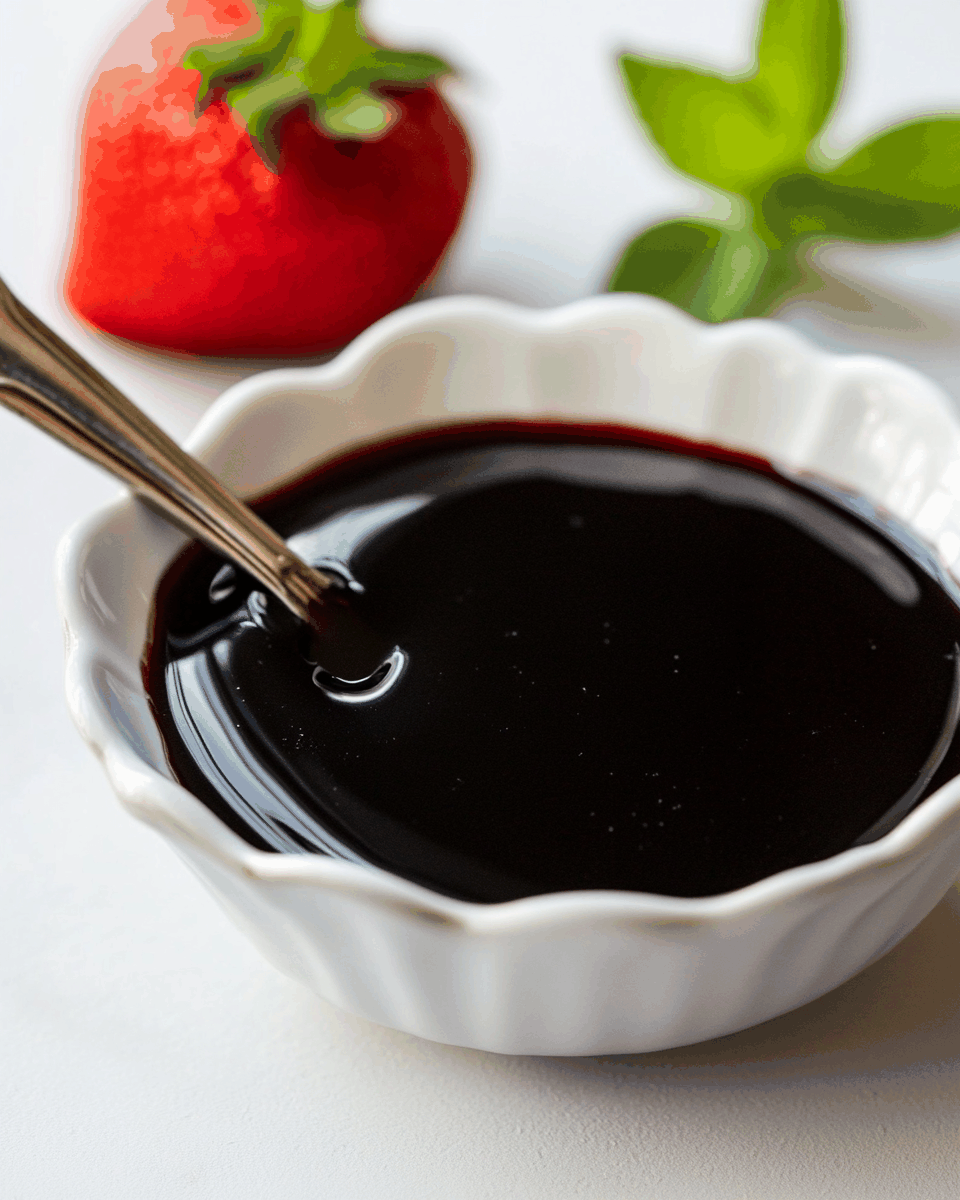
To make a perfect balsamic glaze, you will need the following ingredients:
- 1 cup balsamic vinegar: The star ingredient, balsamic vinegar is a thick, dark vinegar known for its sweet and tangy flavor. Choose a high-quality balsamic vinegar for the best results, as it will impact the final taste of your glaze.
- 1/4 cup brown sugar: This ingredient adds sweetness and helps in the caramelization process. It enhances the rich flavors of the balsamic vinegar, creating a balanced and syrupy glaze.
These two ingredients are all you need for a classic balsamic glaze, but there are optional ingredients you can consider to add a twist to your glaze:
- 1 tablespoon honey: For an added layer of sweetness, honey can be incorporated. It adds a floral note that complements the vinegar beautifully.
- 1 teaspoon Dijon mustard: This can introduce a subtle tanginess and depth of flavor, enhancing the overall complexity of the glaze.
- Pinch of salt: A small amount of salt can help balance the sweetness and enhance the overall flavor.
When selecting your balsamic vinegar, remember that the quality will make a significant difference. Look for a vinegar that has been aged for several years for a richer flavor, and avoid those labeled as “balsamic vinegar of Modena” that may contain added sugars or artificial flavors. The brown sugar can be light or dark; dark brown sugar will impart a deeper flavor due to the molasses content. If you prefer a less sweet glaze, you can adjust the quantity of sugar according to your taste.
How To Make Balsamic Glaze?

Creating your own balsamic glaze is a straightforward process that requires only a few steps. Follow these detailed instructions for a flawless result:
- Start by measuring out 1 cup of balsamic vinegar and pour it into a medium-sized saucepan. Ensure that the saucepan is not too large, as a smaller surface area will help the vinegar reduce more effectively.
- Next, add 1/4 cup of brown sugar to the saucepan. Stir the mixture well to ensure that the sugar dissolves completely in the vinegar. This will help create a smooth glaze without any graininess.
- Place the saucepan over medium heat and bring the mixture to a gentle boil. Keep an eye on it, stirring occasionally to prevent any burning or sticking to the bottom of the pan.
- Once the mixture reaches a boil, reduce the heat to low. Allow the vinegar and sugar mixture to simmer. It is essential to maintain a low simmer to avoid rapid boiling, which could lead to uneven reduction or burning. Stir occasionally during this process.
- After about 15 to 20 minutes, you will notice the mixture starting to thicken. To check the consistency, dip a spoon into the glaze; it should coat the back of the spoon and have a syrupy texture. If it’s still too thin, continue to simmer for an additional 5 to 10 minutes, stirring occasionally.
- Once the glaze has reached your desired thickness, remove the saucepan from the heat and let it cool for a few minutes. The glaze will thicken further as it cools, so be careful not to over-reduce it.
- Transfer the cooled balsamic glaze to a clean, airtight container. It can be stored in the refrigerator for up to two weeks. Make sure to let it come to room temperature before using it, as it will thicken when chilled.
Tips For Variations:
While the classic balsamic glaze is delicious on its own, there are several variations you can try to customize the flavor and suit your palate:
- Fruit-Infused Balsamic Glaze: Add fresh or dried fruits during the reduction process, such as figs, cherries, or strawberries. This will impart fruity notes to the glaze, making it ideal for drizzling over cheese platters or desserts.
- Herb-Infused Glaze: Add a few sprigs of fresh herbs, like rosemary or thyme, to the saucepan while the mixture simmers. The herbs will impart a fragrant aroma and subtle flavor, perfect for savory dishes.
- Spicy Variation: For those who enjoy a bit of heat, consider adding a pinch of red pepper flakes or a small amount of finely chopped fresh chili during the cooking process. This will add an exciting kick to the glaze.
- Maple Balsamic Glaze: Substitute half of the brown sugar with pure maple syrup for a unique sweetness. This variation pairs beautifully with roasted vegetables and grilled meats.
- Smoky Balsamic Glaze: If you enjoy smoky flavors, consider adding a few drops of liquid smoke during the reduction. This will give the glaze a depth that is perfect for barbecued dishes.
- Thickening with Cornstarch: If you prefer a thicker glaze, you can create a cornstarch slurry by mixing 1 teaspoon of cornstarch with a tablespoon of cold water. Add this to the simmering glaze during the last few minutes of cooking to achieve your desired consistency.
Feel free to experiment with different ingredients and ratios to find the perfect balance for your tastes. The key is to maintain the fundamental elements of sweetness and tanginess while exploring new flavor combinations.
Serving Suggestions:

Balsamic glaze is an incredibly versatile condiment that can enhance a wide variety of dishes. Here are some creative serving suggestions to inspire your culinary adventures:
- Salads: Drizzle balsamic glaze over fresh salads to elevate their flavor. It pairs particularly well with mixed greens, goat cheese, walnuts, and fruits like strawberries or pears.
- Grilled Vegetables: Use balsamic glaze as a finishing touch for grilled vegetables. It adds a beautiful shine and a burst of flavor to zucchini, bell peppers, asparagus, and eggplant.
- Meats: Enhance grilled or roasted meats by drizzling balsamic glaze over chicken, beef, or lamb just before serving. The glaze complements the savory flavors and adds a glossy finish.
- Cheese Platters: Create an impressive cheese board featuring a variety of cheeses, nuts, and fruits. Serve a small bowl of balsamic glaze for dipping, allowing guests to drizzle it over their selections.
- Desserts: Balsamic glaze can also be used creatively in desserts. Drizzle it over vanilla ice cream, panna cotta, or fresh fruit for a sophisticated touch. The sweet and tangy flavor contrasts beautifully with creamy and fruity desserts.
- Pizza: Give your homemade or store-bought pizza an upgrade by drizzling balsamic glaze on top just before serving. It pairs wonderfully with toppings like mozzarella, arugula, and prosciutto.
- Bruschetta: Top toasted baguette slices with a mixture of diced tomatoes, basil, and mozzarella, then finish with a drizzle of balsamic glaze for a refreshing appetizer.
These serving ideas are just the beginning; feel free to get creative and experiment with balsamic glaze in your favorite dishes. Its unique flavor can enhance virtually any meal, making it a valuable addition to your culinary repertoire.
FAQ:
How long does homemade balsamic glaze last?
Homemade balsamic glaze can be stored in the refrigerator for up to two weeks. Ensure it is in an airtight container to maintain its freshness.
Can I use white balsamic vinegar instead?
Yes, white balsamic vinegar can be used to create a lighter-colored glaze. However, it will have a different flavor profile, being less robust than traditional balsamic vinegar.
Can I make balsamic glaze without sugar?
While sugar enhances the sweetness and helps with caramelization, you can reduce or omit it. The resulting glaze will be more tangy but still flavorful.
What is the best way to store balsamic glaze?
Store balsamic glaze in a clean, airtight container in the refrigerator. Allow it to return to room temperature before using, as it may thicken when chilled.
Can I freeze balsamic glaze?
Yes, you can freeze balsamic glaze in an ice cube tray. Once frozen, transfer the cubes to a freezer bag for easy portioning. Thaw as needed for use.
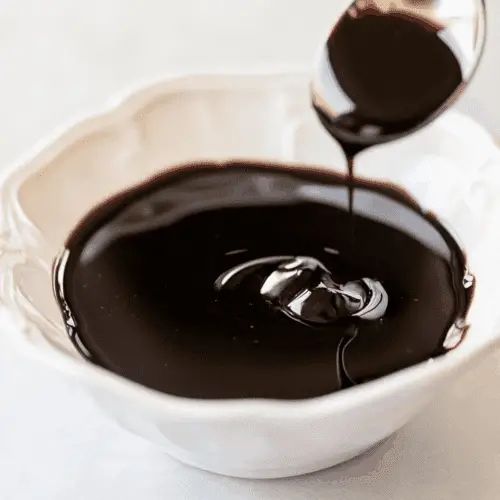
Homemade Balsamic Glaze
Equipment
- Saucepan
- Whisk
Ingredients
Main Ingredients
- 1 cup Balsamic Vinegar Choose a high-quality balsamic vinegar for the best results.
- 1/4 cup Brown Sugar Light or dark brown sugar can be used.
Optional Ingredients
- 1 tablespoon Honey Adds a floral note to the glaze.
- 1 teaspoon Dijon Mustard Introduces a subtle tanginess.
- 1 pinch Salt Balances the sweetness.
Instructions
- Pour 1 cup of balsamic vinegar into a medium-sized saucepan.
- Add 1/4 cup of brown sugar and stir until dissolved.
- Bring the mixture to a gentle boil over medium heat, stirring occasionally.
- Reduce heat to low and let it simmer for 15-20 minutes, stirring occasionally.
- Check the consistency; it should coat the back of a spoon. If too thin, simmer for an additional 5-10 minutes.
- Remove from heat and let cool. The glaze will thicken as it cools.
- Transfer to an airtight container and store in the refrigerator for up to two weeks.

